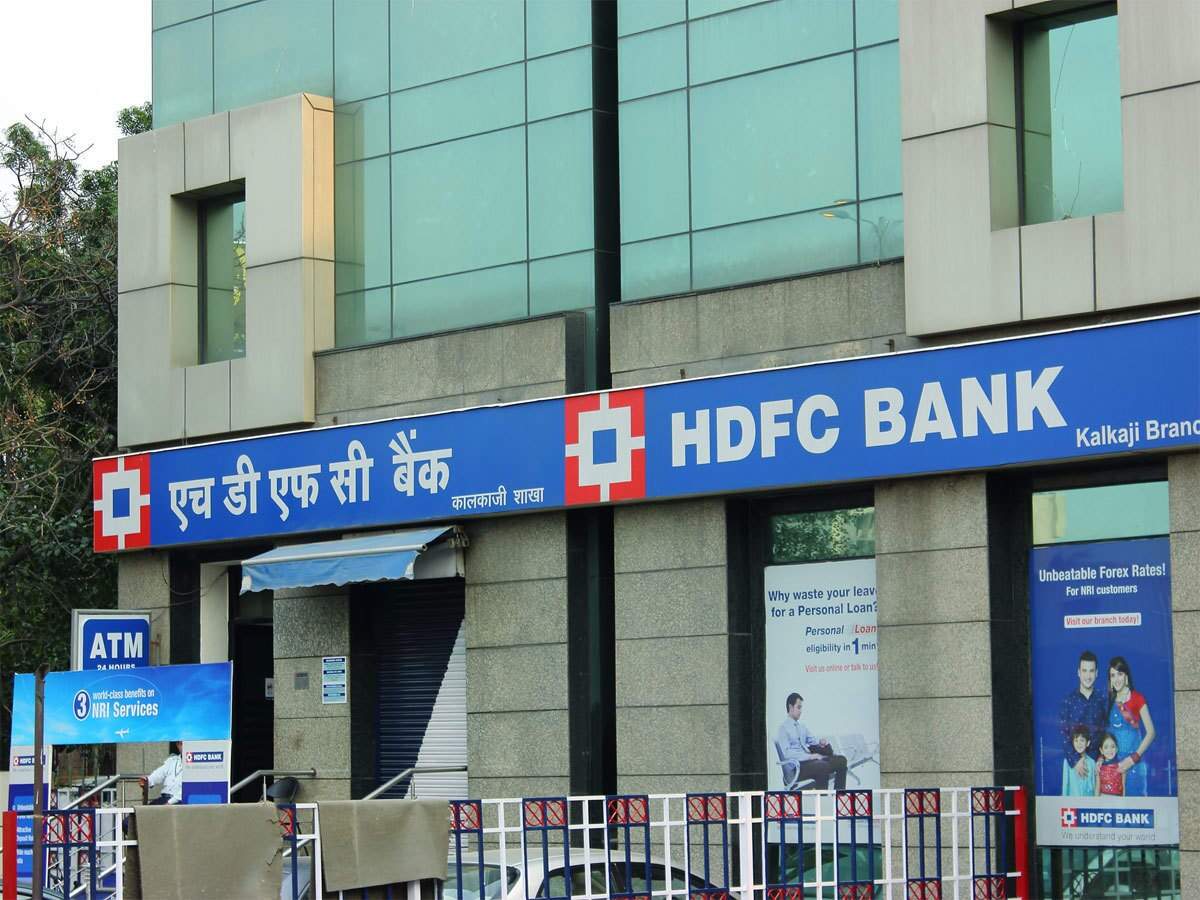Growth expectations of Non-Banking Financial Companies (NBFCs) have moderated vis-à-vis the expectations six months earlier in view of the possible impact of Covid 2.0 on business in Q1 (April-June) FY2022, according to an ICRA survey.
The survey expects the asset quality related pain to persist in the current fiscal as well.
As per the survey across NBFCs, covering over 65 non-banks, constituting about 60 per cent of the industry assets under management (AUM), 42 per cent of the issuers now expect growth of more than 15 per cent in the AUM in FY2022, much lower than 56 per cent earlier.
The survey includes Micro Finance Institutions (MFIs), NBFCs, and housing finance companies (HFCs), excluding infrastructure finance companies and Infrastructure Debt funds.
ALSO READ NBFC-MFIs: Sector sees nearly 25% decline in FY21
Manushree Saggar, Vice-President, Financial Sector Ratings, ICRA, said: “While 42 per cent of the issuers (by number) are expecting a more than 15 per cent growth in AUM in FY2022, the proportion based on AUM weights is much lower at 8 per cent; indicating that larger players in the segment expect a relatively moderate growth in FY2022.
“With most of the lenders (74 per cent; in AUM terms) indicating an up to 10 per cent AUM growth, we expect the growth for the overall industry to be about 7-9 per cent for FY2022.”
The agency emphasised that within the non-bank finance sector, segments such as MFIs, SME-focused NBFCs and affordable housing finance would continue to record much higher growth than the overall industry averages; supported by good demand and lower base.
Notwithstanding the optimism on AUM growth, the non-bank finance companies are expecting the asset quality related pain to persist in the current fiscal as well, opined ICRA.
The agency said said overall, 87 per cent of issuers (by AUM) expect reported gross stage-3/NPAs to be either same or higher than March 2021 levels, which in turn will keep the credit costs elevated.
This is also reflected in over 90 per cent of lenders (by AUM) expecting the credit costs to remain stable or increase further over FY2021 levels.
ALSO READ RBI links NBFC dividend payout to capital, NPA norms
Restructuring
On the restructuring front, while lenders are expecting marginally higher numbers as compared to the last fiscal, the overall numbers are expected to be low, the agency said in a note.
Almost 73 per cent of lenders (in AUM terms) have indicated an incremental restructuring of up to 2 per cent of AUM and another 21 per cent are expecting a restructuring between 2-4 per cent of the AUM, under Restructuring 2.0.
Within the non-bank finance sector, relatively higher impacted segments such as MFIs, SME lending and vehicles are expected to undergo larger share of restructuring compared with the industry average., according to the note.
The housing portfolio is likely to remain largely resilient, in line with the trend seen in FY2021.
Raise capital
The agency assessed that 80 per cent of the issuers are expected to maintain or increase on-balance sheet liquidity to take care of market volatility. Further, despite the pressure in the operating environment, 94 per cent of the issuers expect higher or stable profitability in FY2022 vis-à-vis FY2021.
The number of issuers expecting to raise capital almost doubled to 56 per cent this year compared with earlier survey results.




